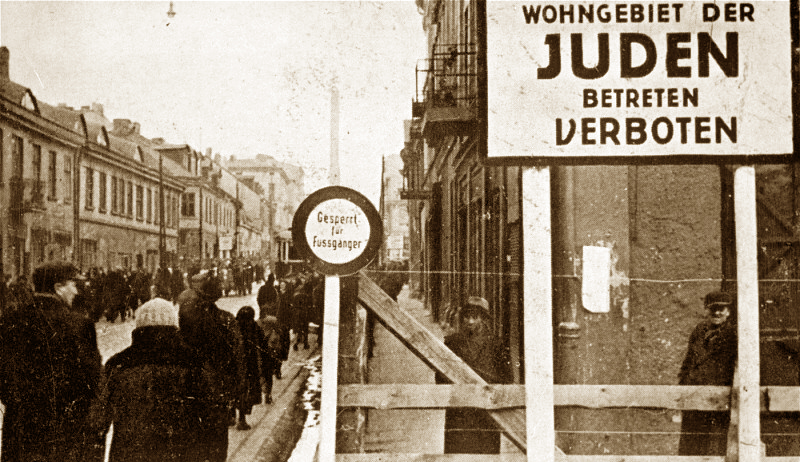On August 29, 1944, the last train from the Lodz ghetto, the second largest ghetto in the Nazi-occupied territories, departured from the Radegast station in Lodz, to the Auschwitz-Birkenau death camp. Since its inception in February 1940 more then 200,000 people have been there. At the time of the liquidation, about 900 people remained alive.
Before the World War II, Lodz had a population of about 600,000, almost a million Jews. It was the second largest city in Europe after Warsaw for the Jewish population. Jews played a significant role in all spheres of life, both in industry and in culture. On February 8, 1940, Johan Schafer, chief of the Litzmannstadt police, published in the "Lodz Zeit" a decree ordering the separation of Jews in a separate place. It was to be established in three districts of Lodz: in the Old Town, in the poor Jewish quarter of Balut, and in the suburb of Marisin. In April of the same year, the Nazis renamed Lodz to Litzmannstadt in memory of General Karl Litzmann, the German leader of the World War I. It received the name of Litzmanstadt.
Until 1944, ghetto residents were deported mainly to the Chelmno death camp. On June 23, 1944 was the first deportation of the Jews of the Lodz ghetto to Auschwitz-Birkenau. The deportees were told that they were going to the Third Reich. Those, who did not appear were searched and forcibly deported. On August 28, 1944, Mordechai Chaim Rumkowski, the head of the Judenrat, was deported there along with his family, where they died in a gas chamber. On August 29, the last train with the doomed departured from the ghetto to the death camp. When the Red Army arrived in the Polish city of Lodz, only 877 of the 200,000 Jews remained.
Recently the Museum "Jewsih Memory and Holocaust in Ukraine" recieved unique exhibits as a gift - two medallions made in the shape of the Star of David and Hamsa hand. These unique exhibits were donated by Hanna Nechpal from Kahovka, Kherson Oblast. The medallion has the inscription: «Getto Lodsch». And the year – 1943…
The permanent exhibition of the Museum "Jewsih Memory and Holocaust in Ukraine" contains other items that belonged to and were used by the Jews living in this ghetto.

